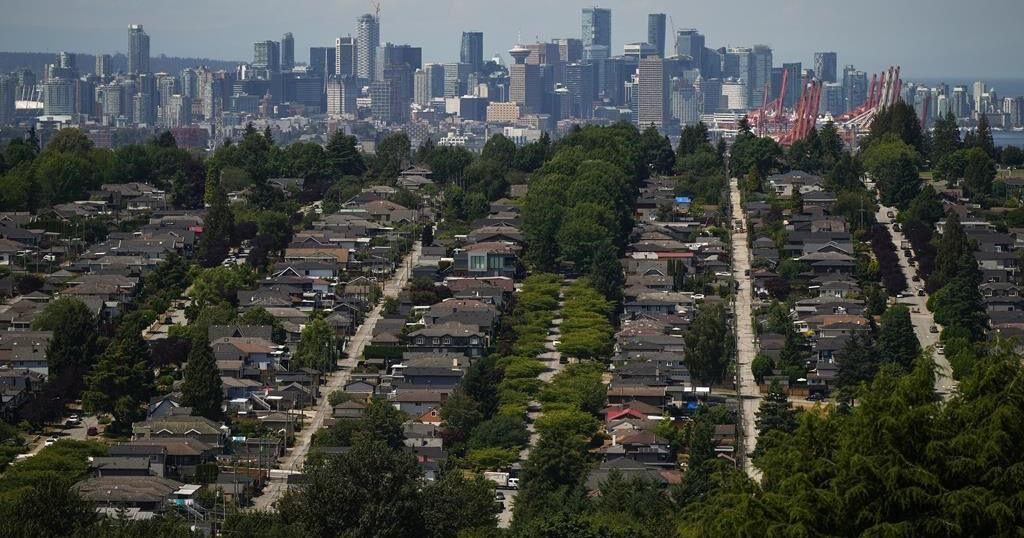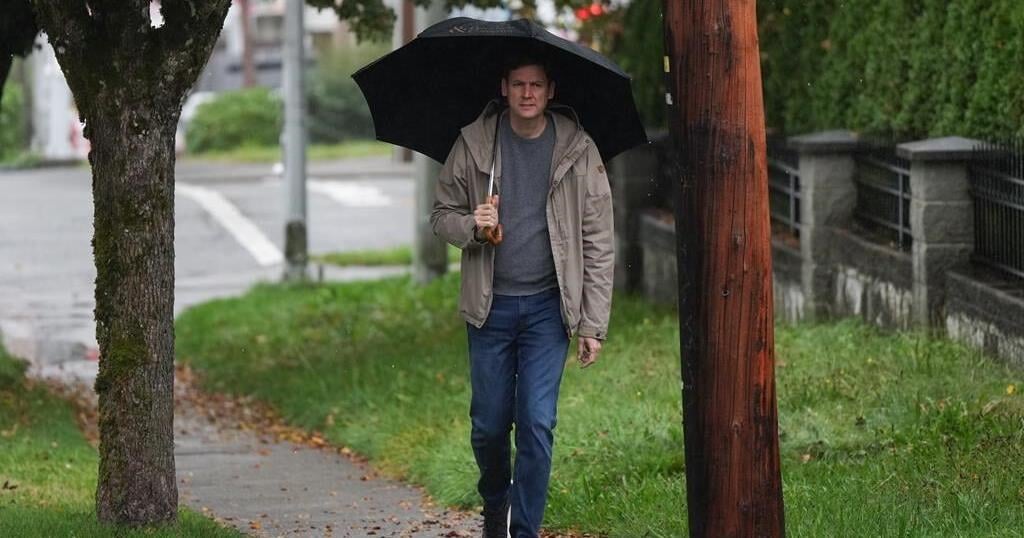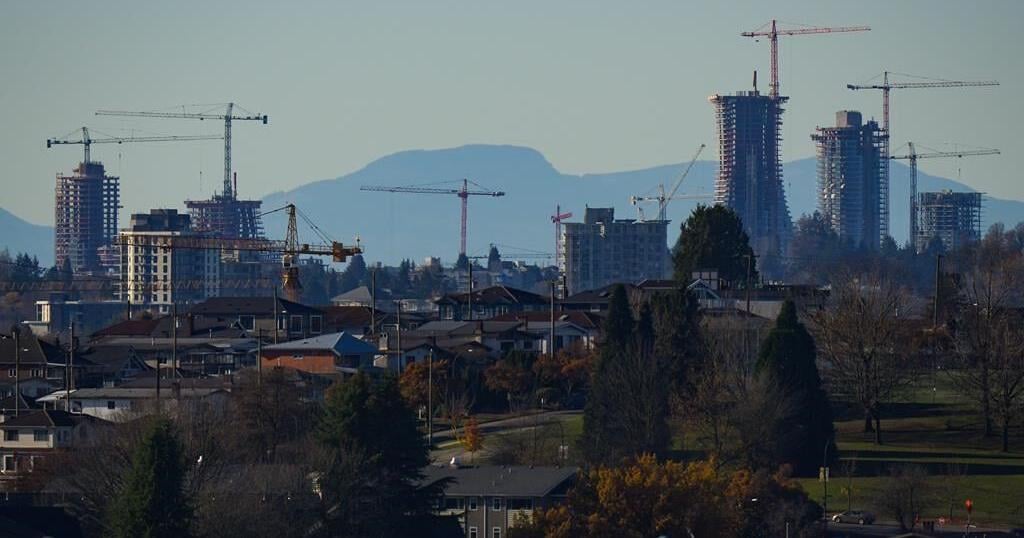Remarks last week by Federal Reserve Chair Jerome Powell about a spate of coming bank failures related to the faltering commercial real estate sector have sent shockwaves through the financial world, leading some investors to run for cover and others to look for opportunities.
With the typical U.S. commercial lease ranging from three to five years, the clock is ticking for office and retail property owners and their creditors in the financial sector as remote work has taken off and prompted changes in urban land use.
Office vacancy rates have climbed sharply in the wake of the pandemic after falling steadily in the decade before, reaching a record 13.1 percent last year, according to data from the Treasury Department’s Financial Stability Oversight Council (FSOC), citing analytics firm CoStar.
“At the midpoint of the third quarter of 2023, the national office vacancy rate hit a record high of 13.2 percent, a full 370 basis points higher than at the end of 2019,” CoStar analyst Phil Mobley wrote in a third-quarter analysis.
“The recent reset in office demand has rocked U.S. markets,” he added.
Private equity firm KKR’s Real Estate Finance Trust, a property investment vehicle with money in commercial mortgages, is a recent example, its stock losing a quarter of its value in early February on news that it would cut its dividend on an office loan loss.
Delinquency rates for commercial mortgage back securities are on the rise in recent months, though they’re still well below highs reached in the immediate aftermath of the pandemic and the fallout from the 2008 financial crisis.
“The decline in office property demand may take time to stabilize as tenants navigate remote-work decisions and adjust how much space they need,” the latest FSOC report says. “In addition, a slow return to densely populated urban office centers could reduce the desirability of office properties located there and even nearby retail space.”
Powell delivered much the same message to the Senate Banking Committee last week, going so far as to declare that there will be failures among smaller and regional banks that have made commercial real estate loans.
“This is a problem we’ll be working on for years more, I’m sure. There will be bank failures,” he said.
“It’s not a first-order issue for any of the very large banks. It’s more smaller and medium-sized banks that have these issues. We’re working with them. We’re getting through it. I think it’s manageable, is the word I would use,” Powell said.
Investors are heeding Powell’s warnings about the sector but they’re also taking them with a grain of salt, arguing that traditional liquidity crises of the sort that took down Silicon Valley Bank and Signature Bank last year are unlikely to result from the losses.
“I think Powell’s statement was a little simplistic,” Westwood Capital managing partner Daniel Alpert told The Hill. “There will be disruptions. How those resolve themselves, either with help from the government or outside capital, I believe is going to be very, very different than what we saw with the three banks [last year] and certainly what we saw with any of the other crises.”
The pressure on banks due to commercial real estate exposure isn’t something that “happening overnight,” he added, describing the situation as a “slow-moving train wreck” that allows time for asset repricing.
Still, short sellers are moving quickly to make a profit off the miscalculations.
One investment plan shown to The Hill pertaining to a real estate investment trust (REIT) aims to take advantage of the REIT’s swollen balance sheet before rising interest rates and lagging rent growth slashed the value of its assets.
The proposal said the REIT’s properties would face a reevaluation “in relatively short order.”
Whether or not banks fail as a result of their real estate losses and prompt another government intervention like the line of credit set up for the financial industry by the Fed last year may not be the biggest economic question stemming from the crunch on office and retail real estate.
Rather, the longer-term effects on commercial construction and on the way that land is used in U.S. urban centers may prove to be the most salient macroeconomic issues to face policymakers resulting from the rise in remote work.
“We’re not going to see a lot of commercial construction in the economy for a decade or two,” Alpert said. “That’s a big negative on a macro level.”
Commercial real estate loans for construction and land development have tapered off in recent months after surging during the pandemic recovery and appear close to a possible cycle peak.
Total construction spending has also dipped slightly in recent months after a post-pandemic high, though major recent investments in manufacturing construction could fill the gap left by office projects.
The work to repurpose empty offices and to redesign downtown business districts in accordance with the decreased demand for in-person work is also underway in many parts of the country, experts told The Hill.
“There are some silver linings to this in terms of the shift in land uses in commercial real estate markets,” said urban planner Alice Shay of Buro Happold Cities in New York.
“COVID really shifted our view of how a city can operate and where its centers of gravity are. In New York City, the outer boroughs have really flourished with people working from home, spending their dollars in local districts.”
While strictly remote work has fallen in popularity since the years when the pandemic made it a necessity, hybrid work increasingly appears to be a lasting effect.
In February, about 28 percent of paid work days in the U.S. were work-from-home days, down from more than 60 percent at the height of the pandemic but quadruple their level before the pandemic, according to the national Survey of Working Arrangements and Attitudes from Stanford University.
Notably, the prevalence of remote work in the researchers’ data appears to be stabilizing at current levels.
“The pandemic permanently increased work-from-home,” they noted in multiple versions of the survey.
A 2023 survey by public opinion research agency Pew found that 35 percent of workers who can work remotely choose to do so all the time. That’s up from 7 percent before the pandemic, though down from its peak of 55 percent in 2020.
Labor productivity within the workforce also appears to have normalized along with the shifting trend toward remote work. After surging along with many other economic metrics during the post-pandemic recovery, productivity relaxed, then rose again, and is now in line with longer-term trends.
banks
commercial real estate
Economy
federal reserve
Jerome Powell
Jerome Powell
productivity
Copyright 2024 Nexstar Media Inc. All rights reserved. This material may not be published, broadcast, rewritten, or redistributed.

























